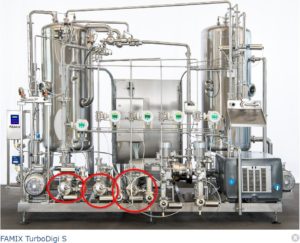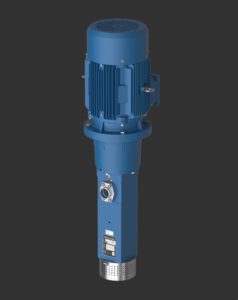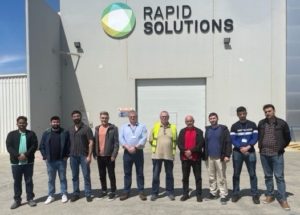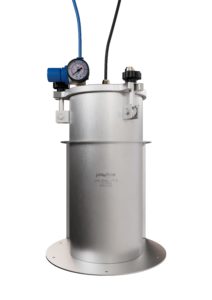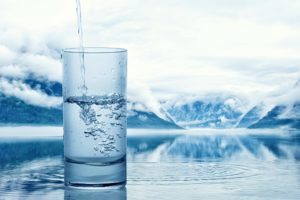Hydraulic Institute Updates Viscosity Correction Standard
The Hydraulic Institute (HI) has updated the 2004 edition of the ANSI/HI standard on viscosity correction and published the Effects of Liquid Viscosity on Rotodynamic (Centrifugal and Vertical) Pump Performance ANSI/HI 9.6.7-2010.
This standard, which was previously revised in 2004, has been updated to provide better results and is easier to use for those who are involved in pumping liquids with viscosity higher than water.
ANSI/HI 9.6.7 – 2010 applies to single stage and multistage rotodynamic (centrifugal and vertical) pumps having radial impellers ns = 60, (Ns = 3000), handling liquids exhibiting Newtonian behavior, and a kinematic viscosity greater than 1 and less than 4000 centistokes.
Major improvements of the 2010 version of the standard compared to the 2004 version include refined mathematics for better results throughout, editorial changes for easier reading and increased educational content and figures showing characteristics when pumping viscous liquids have been clarified for improved accuracy. The upper limit of the flow range has also been increased to 410 m3/h (1800 gpm) in the updated standard.
“The classical version of viscosity correction that was developed years ago by the Hydraulic Institute relied on interpolation using correction curves and nomographs. This updated version of the viscosity correction provides a mathematical solution that eliminates the potential error created by interpolation”, explained Gregg Romanyshyn, Technical Director of HI.
HI Pump Standards are reliable, widely accepted references for anyone involved in pumps, including users, consultants, contractors, construction firms, manufacturers of pumps, seals, motors, instrumentation, controls, and pump software developers and systems integrators. HI periodically introduces new Standards based on industry needs. HI’s complete library of ANSI/HI standards for the pump industry is user-friendly, and available in both electronic and print formats at the HI e-Store or by calling the Hydraulic Institute’s purchasing line.
Source: Hydraulic Institute Inc.

